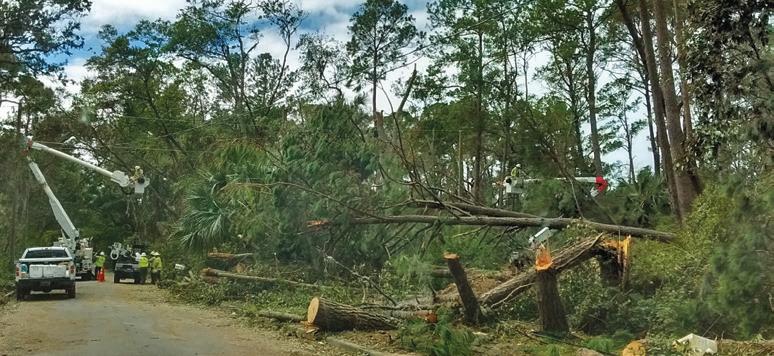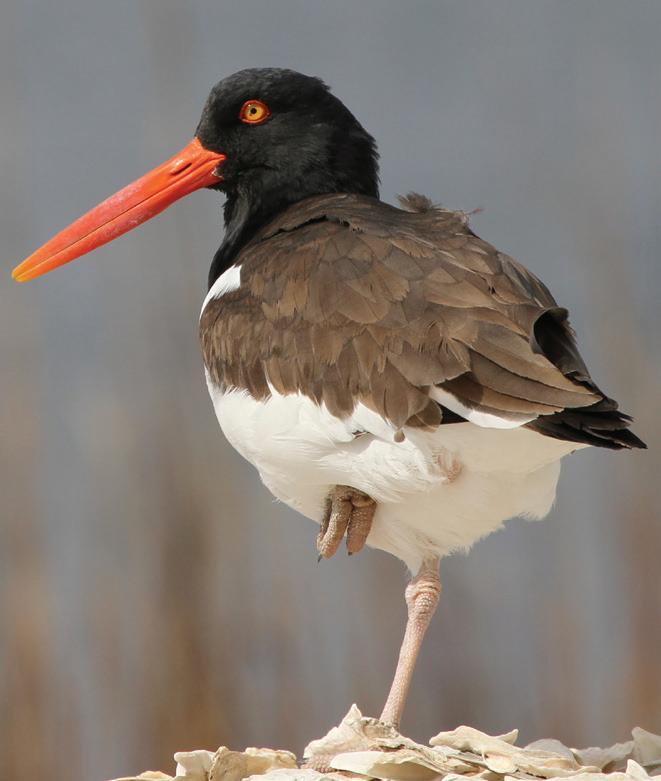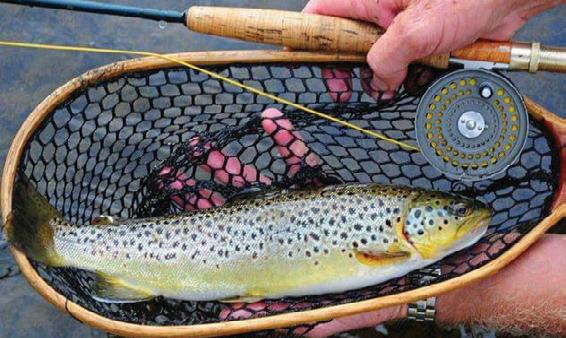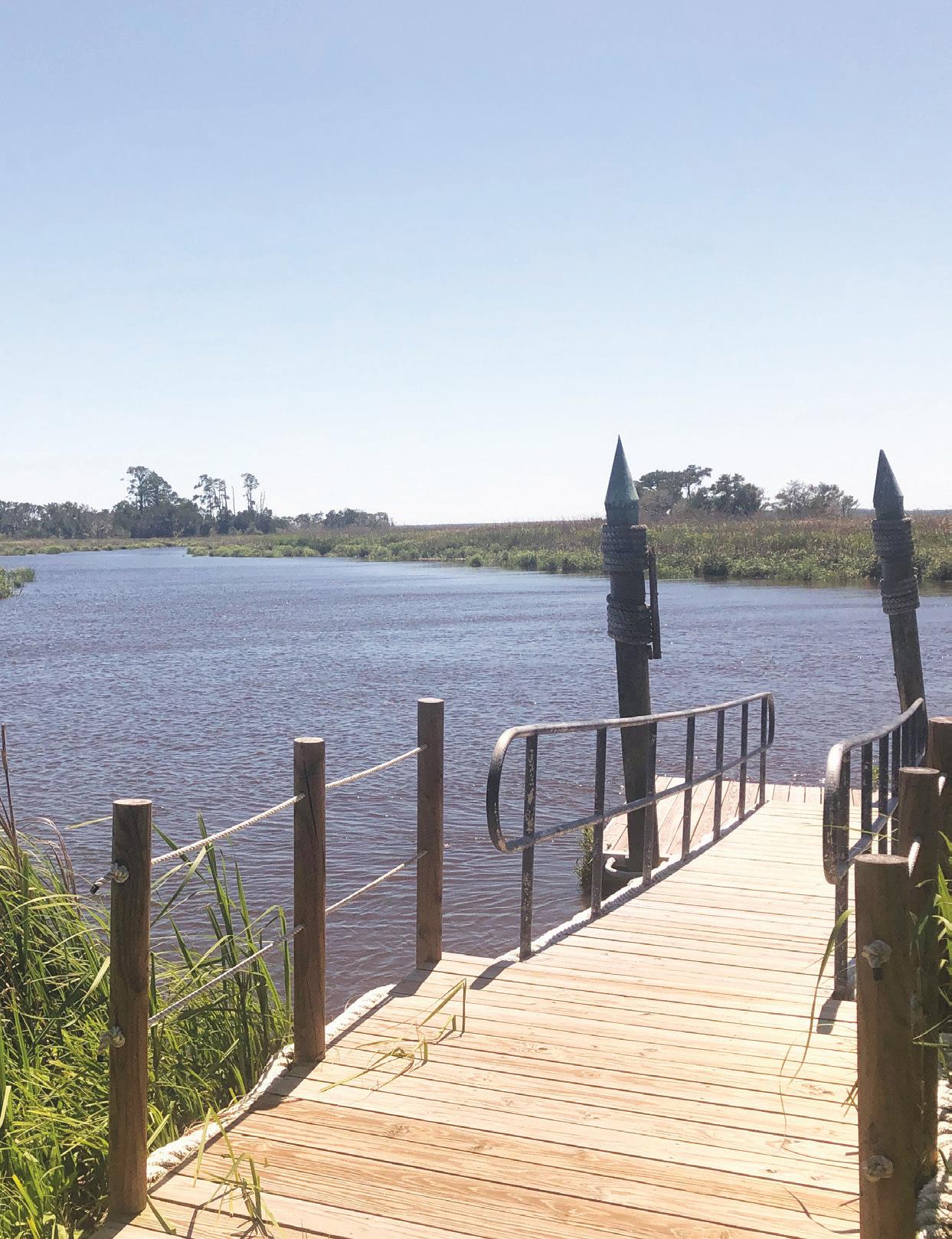
3 minute read
Around the Reef
By Taylor O'Neill Communications Intern Gray’s Reef National Marine Sanctuary
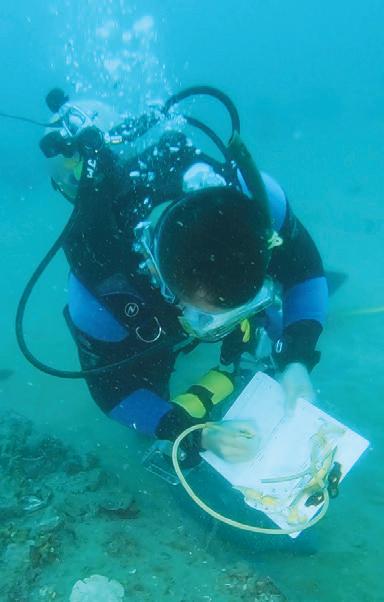
Advertisement
With big boats come big responsibilities. Safety being the most important responsibility. Each day working at Gray’s Reef National Marine Sanctuary is filled with an exciting mix of new tasks and experiences. For Vessel Operations Coordinator Lieutenant Junior Grade (LTJG) Justin Miyano, days vary from research tasks to administrative management to safety training.
Justin plays an essential role in the small boat operations at Gray’s Reef. At the same time, he serves as an officer in the NOAA Commissioned Officer Corps, usually referred to as NOAA Corps. To date, he has served one year in a three-year assignment at Gray’s Reef. Justin uses his NOAA Corps background to bring a “big ship and operations” perspective, while integrating his military training structure and status into Gray’s Reef, a small but mighty organization. Being born and raised in Japan, Justin brings a fresh point of view, creative thinking and out-of-the-box problem solving to the job.
Justin is in charge of the sanctuary’s boats and works directly with the boat captain on operations. Gray’s Reef uses two state-of-the-art research vessels for research and diving; a 36-foot rigid hull inflatable boat (RHIB) named R/V Sam Gray and a 41-foot catamaran, R/V Joe Ferguson. While the captain is in charge of the vessel and the passengers on board, Justin’s role is more administrative. He ensures the vessel is safe and available for missions. Justin works as a support to the captain by ensuring the boats are meeting all the rules and regulations set by NOAA and serving as a liaison between the small boat program and site operations. Other administrative duties Justin is responsible for are documenting correct maintenance, scheduling, and reporting required inspections and equipment malfunctions on all the vessels.
With Justin’s main responsibility being safety, he has the authority to take boats out of service that require repairs, conduct safety training, and make sure all diving equipment is working properly. Now and then the sanctuary needs special modifications on its boats, and Justin is the main person designated to work with marine engineers to modify the boat to maintain NOAA standards.
Justin feels that any day spent working ashore or offshore at the sanctuary is a day filled with constant learning and interactive experiences, but the best part is that Gray’s Reef offers the opportunity to work underwater. Research days go from dawn to dusk to ensure maximum productivity. Many research days are spent at Gray’s Reef, with Justin’s main role being deckhand or first mate to the captain, but Justin also is a divemaster and often participates in science dives with Kim Roberson, the research coordinator and unit diving supervisor for Gray’s Reef.
“Some of the coolest things I’ve seen down there are the large outcroppings that are bigger than people!” Justin went on to explain. “Some of the largest fish that I have ever seen have been at Gray’s Reef. That’s saying something, being from Japan. At fish markets in Japan, we regularly see the world’s largest and most valuable fish. Gray’s Reef really is an underwater paradise to me.”
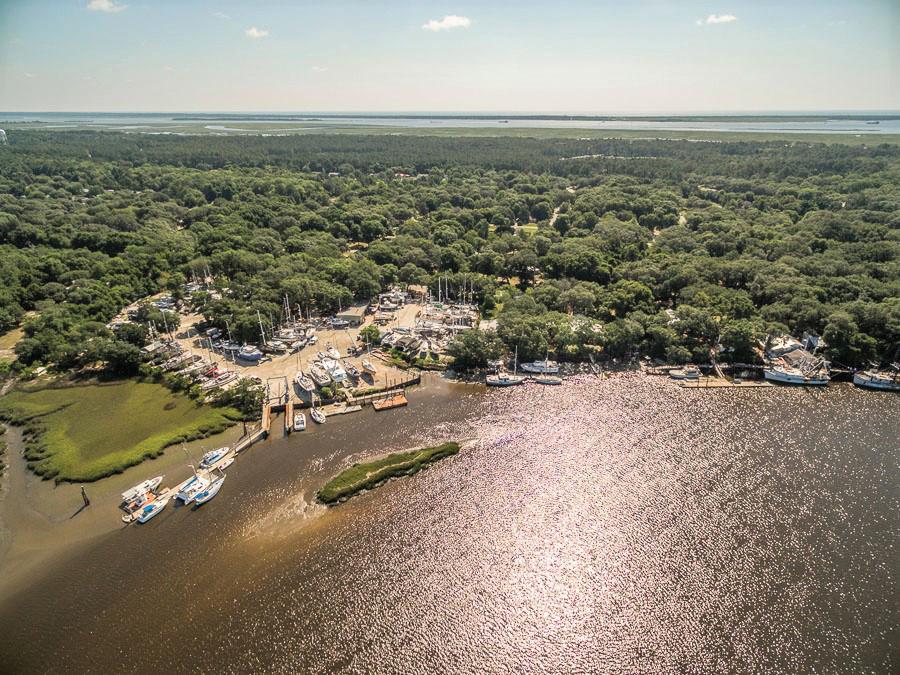

Above left: Justin Miyano in uniform. Photo by Lee Ann Dileo/GRNMS Above Right: Miyano recording habitat height in the sanctuary. Photo by Alison Soss/GRNMS Left: The R/V Joe Ferguson, one of the boats Miyano oversees. Photo provided by GRNMS
For Information contact Michelle Riley: (912) 598-2417 michelle.riley@noaa.gov

